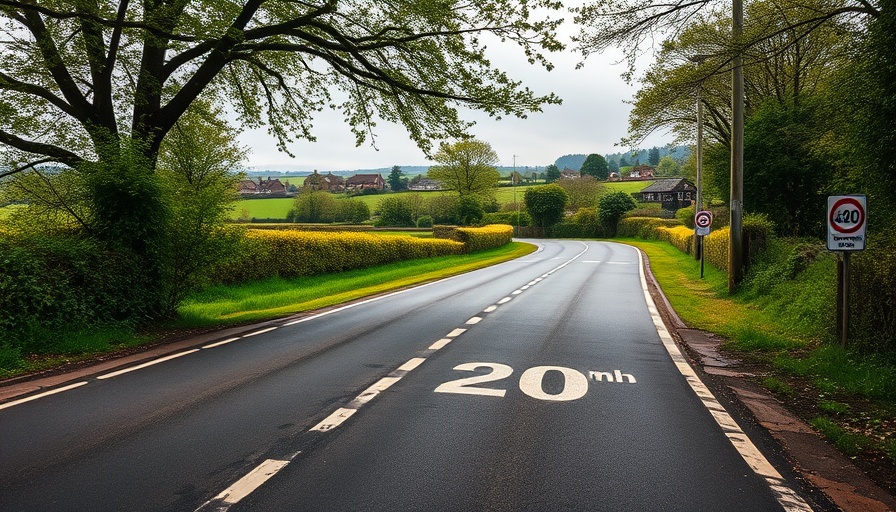
Why Change a Speed Limit Matters
The recent reversal of the 20mph speed limit on the A466 in Llandogo, Monmouthshire, has sparked discussions about road safety and local governance. Initially, Monmouthshire County Council had decided against reintroducing 30mph zones following a review ordered by the Welsh Government. However, the decision to revoke the 20mph limit is due to a legal technicality rather than a shift in policy.
Legal Complexities at Play
According to the council's decision notice, the existing 20mph Traffic Regulation Order for that stretch of road became redundant when the national speed limit for restricted areas was implemented. The presence of a separate order created potential enforcement issues. Gwent Police highlighted this confusion, pointing out that the road in question had street lights within 200 yards, automatically designating it a restricted road under Welsh law.
Community Response and Its Implications
The reaction from the community to the original speed limit was significant, with a record number of signatures gathered in protest. This public outcry demonstrates the complexities of balancing traffic regulation and community sentiment. The Welsh Government's intervention, which prompted local councils to reassess existing speed limits, reflects a broader trend in traffic management that aims to accommodate both safety and public concerns.
Future of Speed Limits in Monmouthshire
This case may foreshadow further changes in speed limit policies across Wales, as councils navigate the legal framework and community expectations. As urban areas continue to evolve and traffic patterns change, it is essential for local governments to remain flexible and responsive to the needs of their communities while ensuring regulations promote safety. This recent event underscores the ongoing dialogue between law, community engagement, and safety in transportation.
 Add Row
Add Row  Add
Add 




Write A Comment